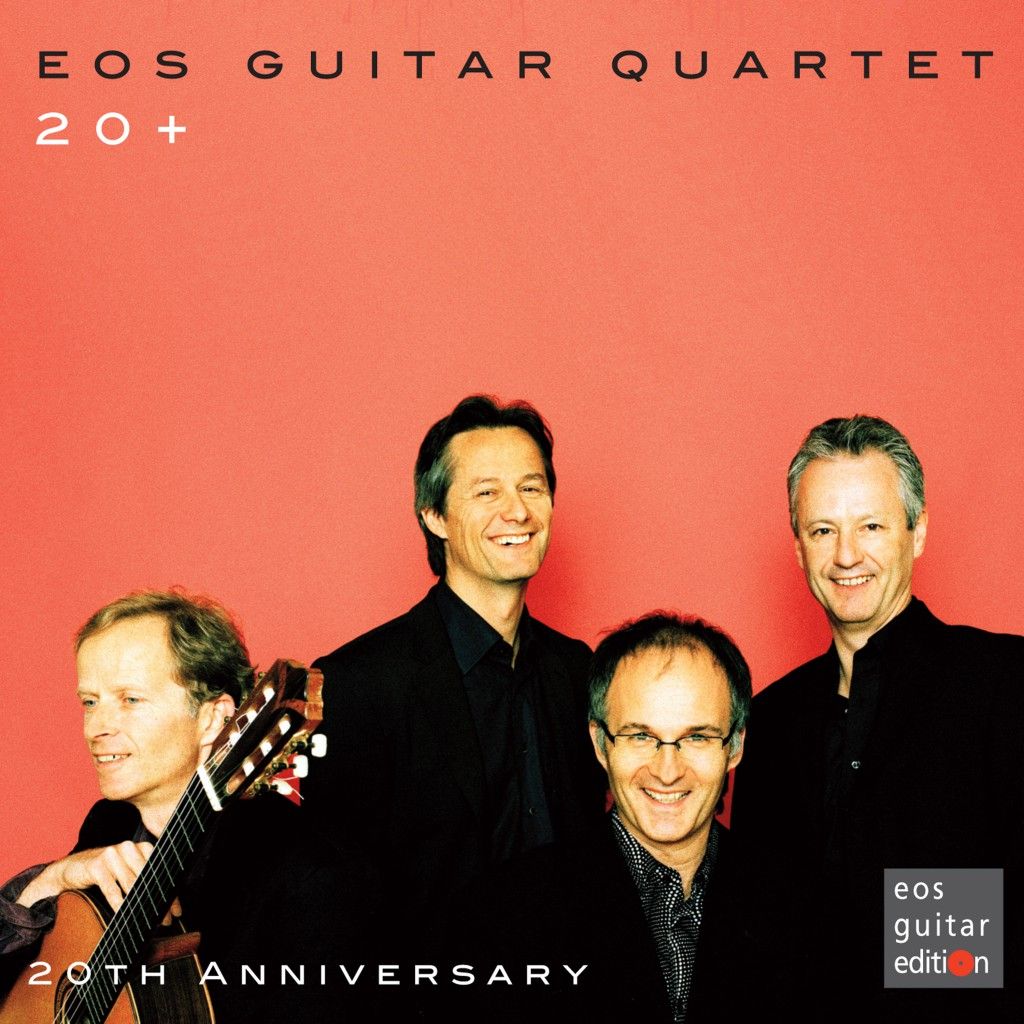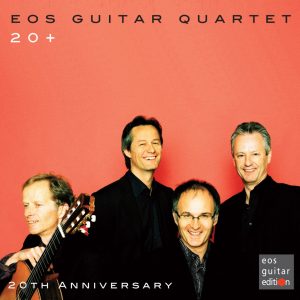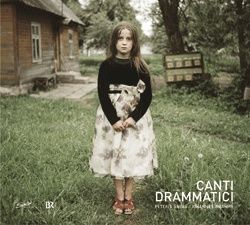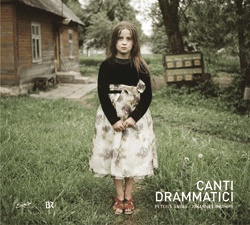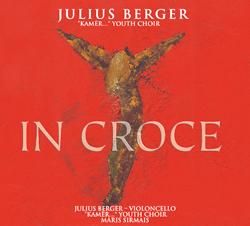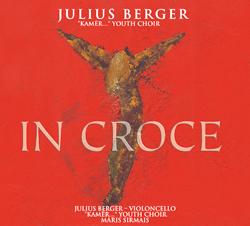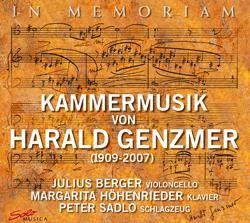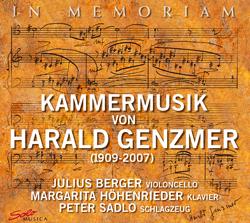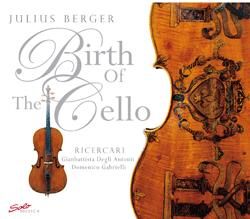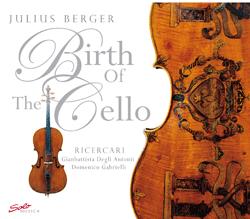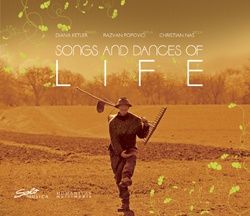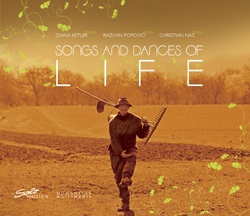Clair Obscur – Neue Philharmonie Westfalen: Cool Rhythm
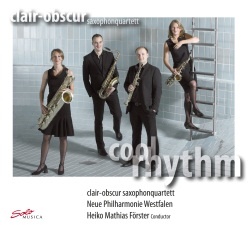 Artists: Clair Obscur, Neue Philharmonie Westfalen
Artists: Clair Obscur, Neue Philharmonie Westfalen
Title: Cool Rhythm
Catalogue No.: SM 135
Release: 26.02.2010
Description
When black and white notes turn into sound …
The feeling when all of us play together and the notes in black and white turn into music is overwhelming. The sound is warm, full and intoxicating, sometimes almost inaudibly soft, sometimes brutally loud.
The Phantastische Zauberträume (fantastical magic dreams) by Siegfried Matthus offer particularly great variety. Sparklingly fast runs alternate with frozen moments, lyrical passages are contrasted with eruptive staccato orgies. To record this work is a real challenge.
Rhythm of the Americas by the American saxophonist and composer Bob Mintzer demands quite different abilities from the performers; the orchestra and we ourselves turn into a big band, we need jazz feeling, offbeats and a gigantic sound! Beside their solo projects all four members of the quartet also help out moreover regularly when saxophonists are required in Berlin orchestras like the Berlin Philharmonic. The clair-obscur Saxophone Quartet’s most recent distinctions were at the International ADMC Competition in Illzach in 2007, the Gaudeamus Music Competition in 2007 and the Friends’ Prize at the Jeunesses Musicales in 2008.
Tracklist
Phantastische Zauberträume
01 I Die tapferen Zauberer
02 1. Zauberspruch
03 II Sentimentales Ständchen für eine zauberische Schönheit
04 III Notwendige Abrechnung mit ein paar bekannten Raufbolden
05 IV Reise in das Land Phantasien
06 2. Zauberspruch
07 V Mitternächtliches Rendevous mit lieblichen Spukgestalten
08 VI Schlaf- und Träumeliedchen für den kleinen Frank, die kleine Elsa, den kleinen Tom und andere kleine Kinder
09 3. Zauberspruch
10 VII Wilder Besentanz gegen die geistreichen Trottel, die arroganten Schönredner und die gefährlichen Dummköpfe
Rhythm of the Americas
11 I Convergence of French and English
12 II Afro-Carribean
13 III Jazzical
14 IV Confluence
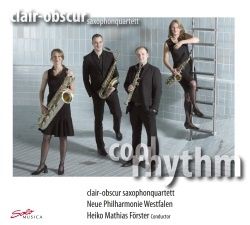

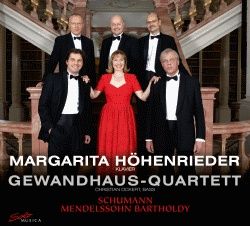
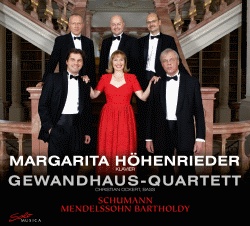
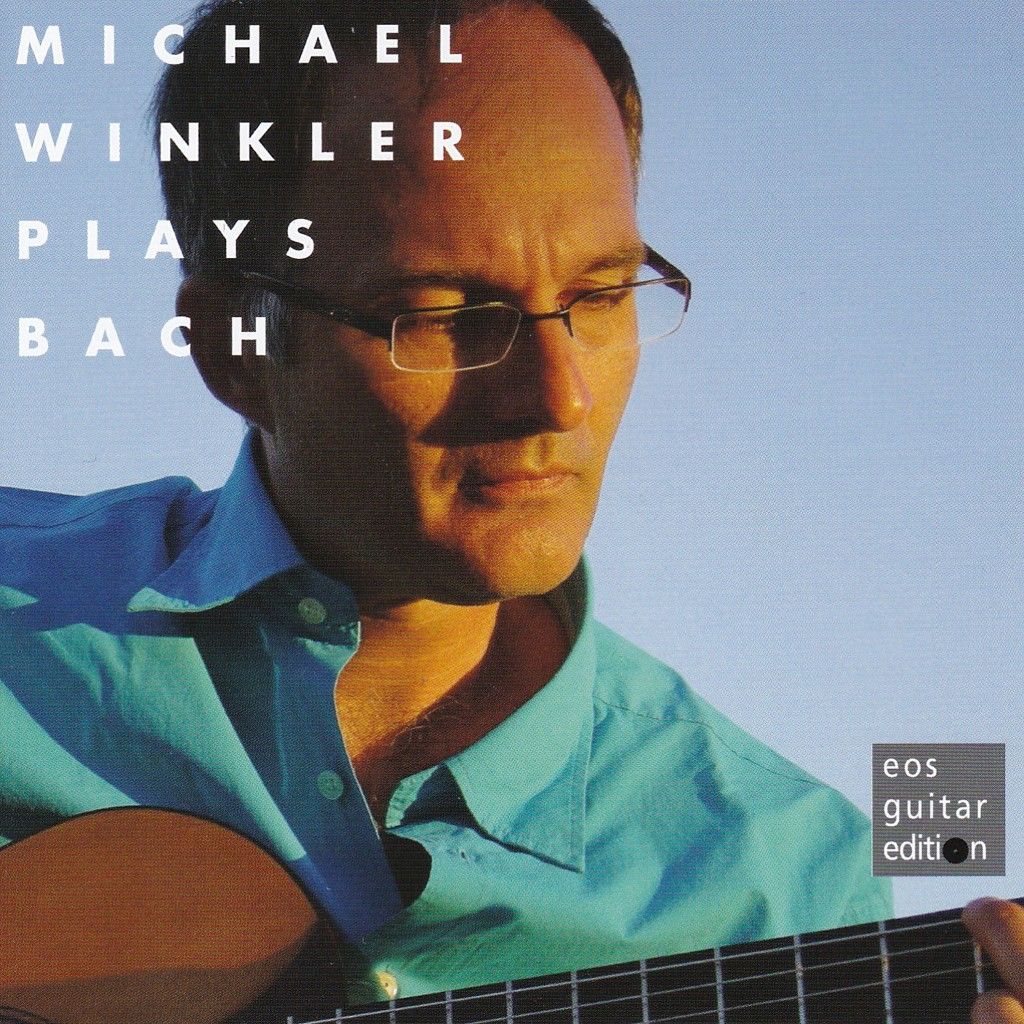
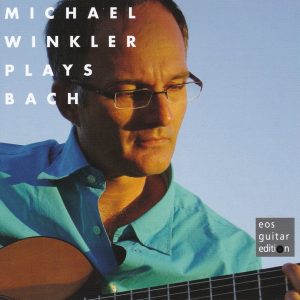
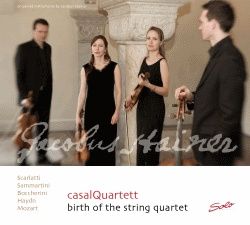
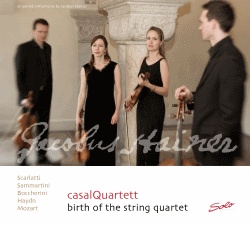
 Awarded with the Echo Klassic 2010
Awarded with the Echo Klassic 2010